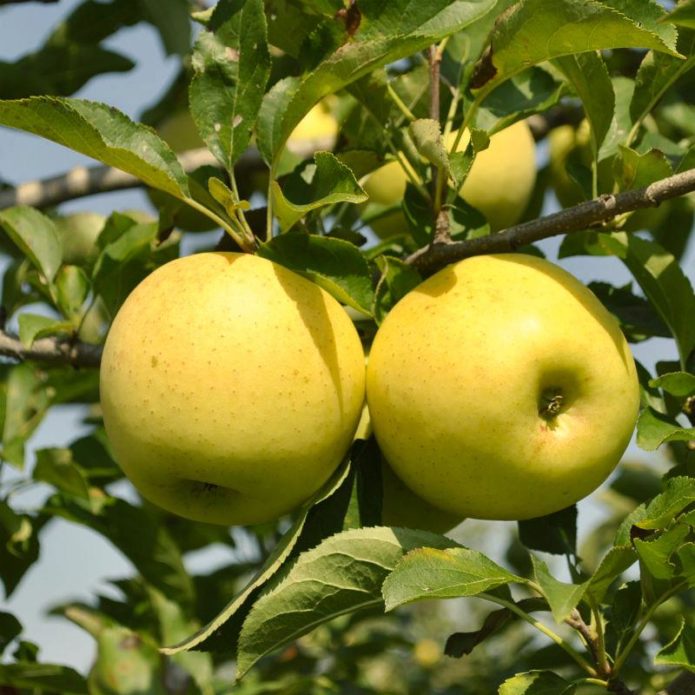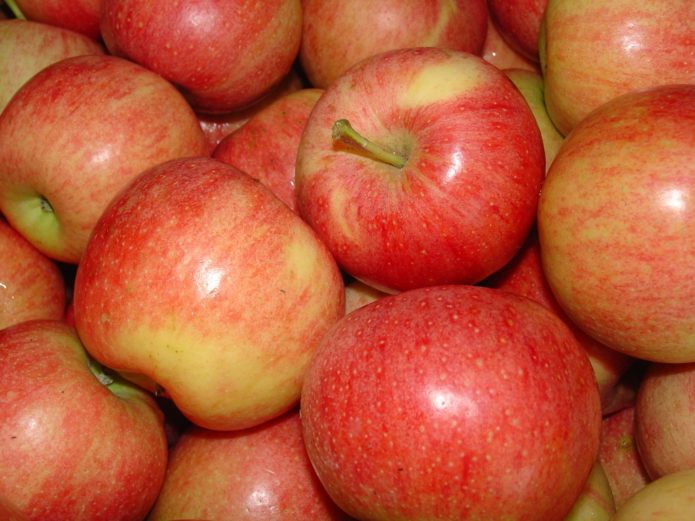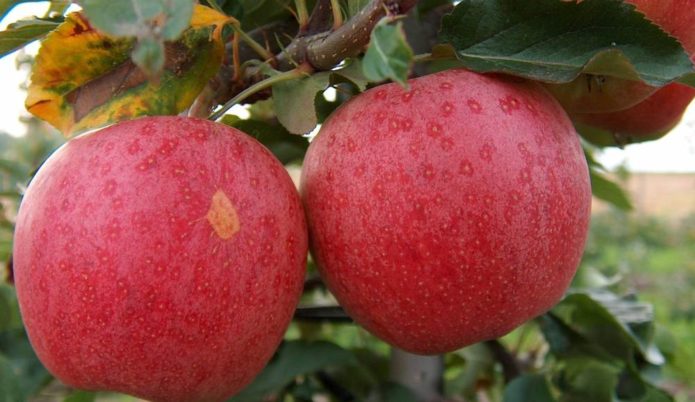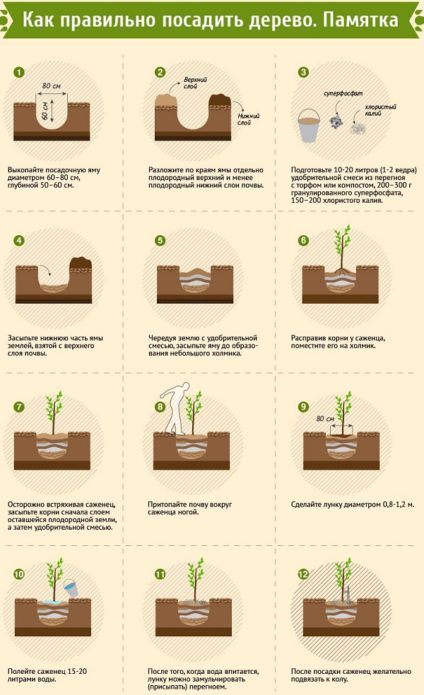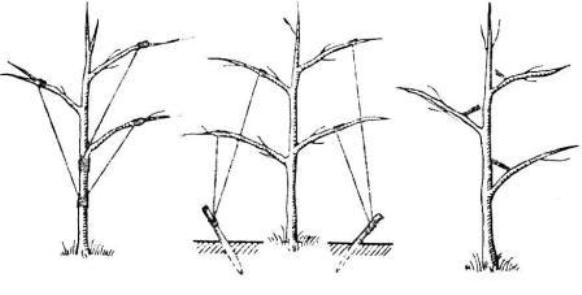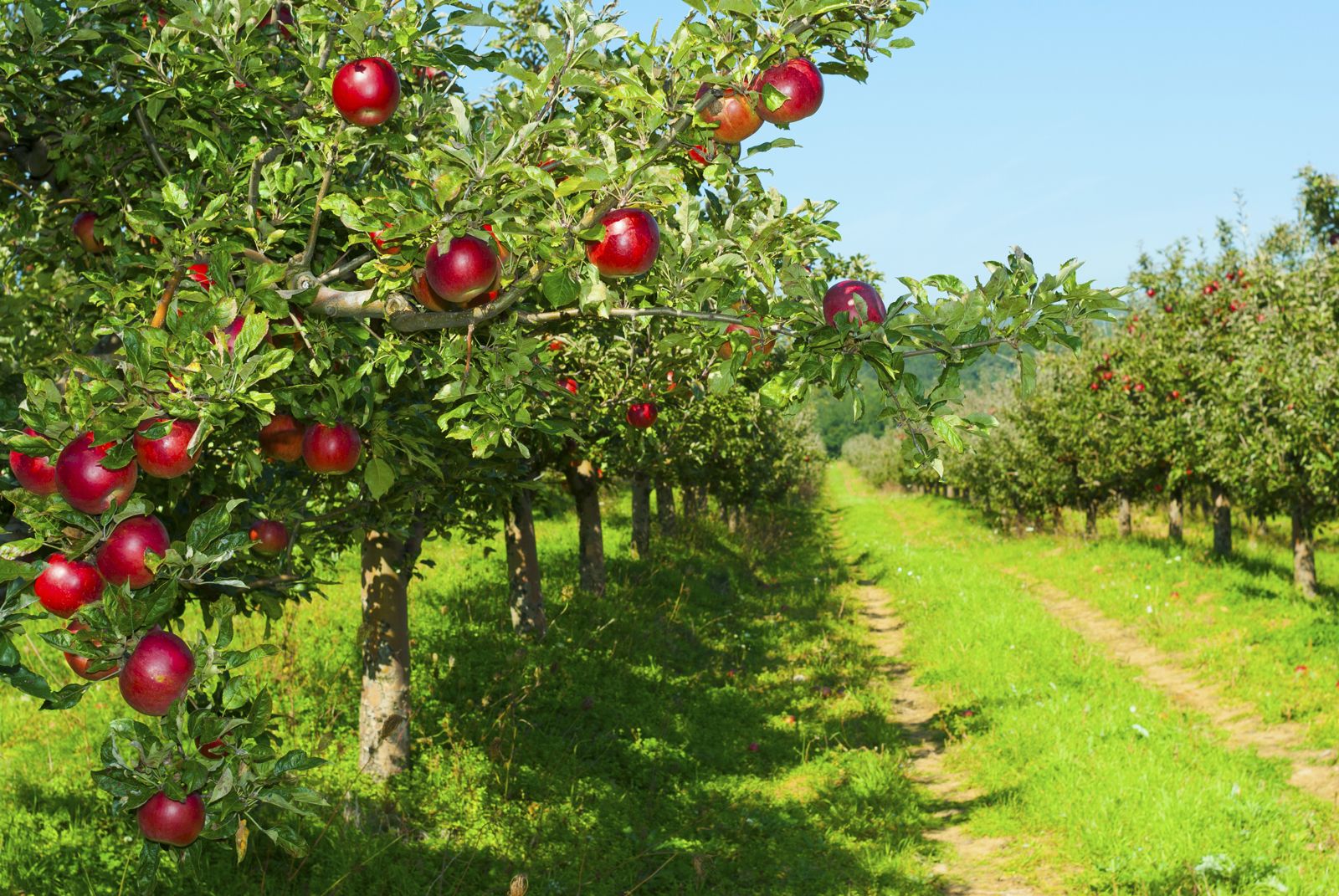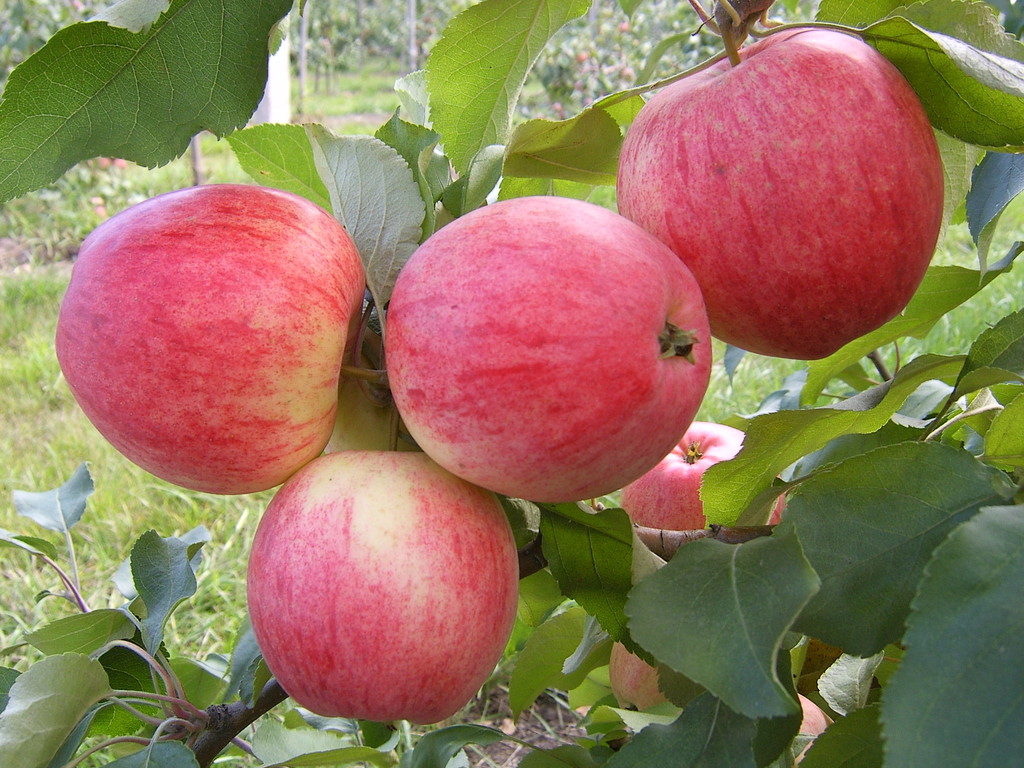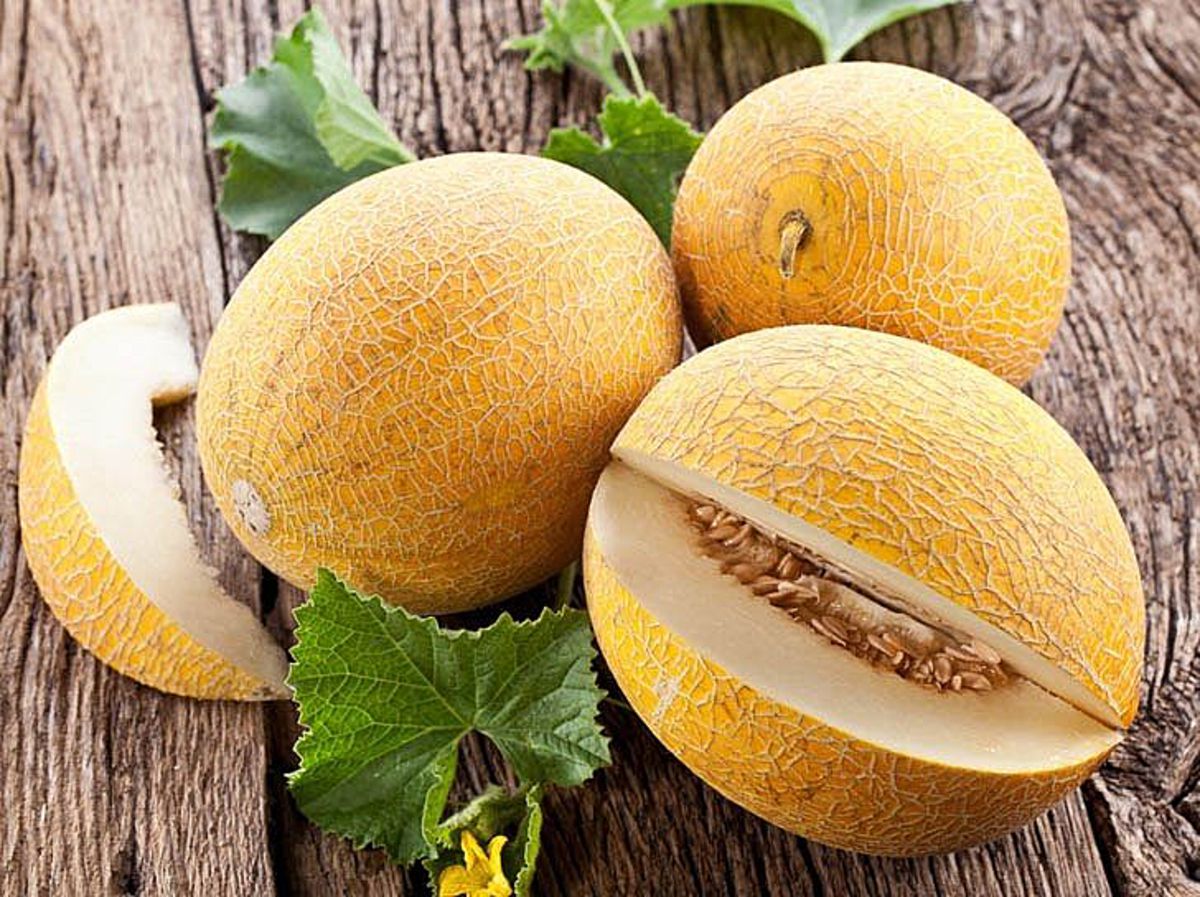The Gala variety managed to become famous all over the world and only then, already famous, came to Russia. But this apple tree bears fruit well only in the south of our country, since it does not have a high winter hardiness. However, even when growing in warm regions, you need to know and take into account the characteristics of the variety.
Content
Apple tree history Gala
The gala was first planted in the 1930s in New Zealand. True, the apple tree was then still a seedling and was simply called D8. Its creator, the Englishman James Kidd, devoted a lot of time to finding methods for preventing diseases of fruit crops, but became famous for his varieties of apple trees. Hitton sought to combine the visual appeal of American varieties with the finest flavor of English varieties. The first major success awaited the breeder in 1912 after crossing Delicious and Cox's Orange Pippin. The resulting Kidd's Orange Red sold well in the market.

Kidd's Orange Red is the first variety to bring commercial success to Kidd, one of Gala's two parents
Later, the apple trees Golden Delicious, Telstar, Freyberg appeared, but the main achievement of the breeder was recognized posthumously. Before his death in 1945, Hitton managed to transfer the seedlings of his apple trees to New Zealand's Appleby Research Garden. By the 50s, all the trees were already bearing fruit. Clone D8 (Kidd’s Orange Red x Golden Delicious) showed commercial potential and was sent for further variety trials. Among 900 varieties harvested from all over the world, it was declared the most outstanding and named Gala.
In the 1960s, Gala apples appeared on the market. The variety has become one of the most famous in the world. In 1974, it was registered in the United States, and in the 1980s, the fruit was already sold commercially in the homeland of its author - in the UK.... In 2006, Gala was ranked 2nd in popularity after Red Delicious.
The variety got into the Russian register of breeding achievements in 2014 thanks to two Ukrainian research institutes of gardening and the Crimean fruit company. These organizations have applied for registration in Russia and are the originators of the variety.
Description of the Gala variety
The variety, which appeared in New Zealand, winters well in Russia and bears fruit only in the south, in the North Caucasus region.... Gala belongs to autumn apple trees, fruits reach removable ripeness by mid-September, and consumer ripeness - by November. In ordinary storage, they retain their qualities for 2-3 months, in the refrigerator - up to 6 months. When stored, the fruits ripen. The apples are not too large, an average of 130 g. Their shape is round or conical, slightly tapering towards the apex and having a slight ribbing in this place.
The main skin color is golden, sometimes with a green tint, almost the entire surface is covered with a blush, consisting of blurred red-orange stripes. The pulp is juicy, crispy, grainy, creamy. Dessert taste, with caramel notes, sweet and sour, rated by tasters at 4.6 points.
The Gala tree is medium-sized.Skeletal branches form a thin crown in the form of a wide oval, departing from the trunk at an angle of 45-75about... The tops of the branches are directed upwards. The apple tree is only partially self-fertile. As pollinators, professionals offer varieties:
- James Grieve,
- Elstar,
- Katya and others blooming at the same time.
Gala begins to bear fruit in the 6-7th year, and on the dwarf rootstock - in the 3-4th year. The purpose of apples is universal. They are eaten fresh, processed into dried fruits, compotes, marmalades, jams, juices. The variety is valued for its stable annual yield, uniformity and beauty of fruits, their dessert taste, keeping quality, transportability, and impact resistance. Gala has medium scab resistance and is not affected by powdery mildew. Its main drawback is the crumbling of already medium-sized fruits when the crop is overloaded. Therefore, in especially productive years, the apple tree needs to be rationed.
To modern consumers, Gala apples do not seem bright and large enough, therefore, based on the variety, modern breeders have bred many clones: Gala Mast, Big Red Gala, Galaxy, Royal Gala, etc.
Planting an apple tree
First of all, determine a place for apple trees in your garden, because you will have to plant at least two trees: Gala and a pollinator. The plot should be sunny, preferably near a building or fence (4–5 m from it), on the south side. If you plant an apple tree in the center of a garden plot, then an adult tree will cast a shadow over a significant part of it. Planting scheme for apple trees on a vigorous rootstock - 4x5 m, on a dwarf - 4x2.5 m. Prepare planting holes in advance:
- for planting in spring - from autumn;
- for autumn planting - at least 2-3 weeks.
The dimensions of the pit depend on the soil structure. If it is clay or stony, then the required dimensions are: depth - 60 cm, diameter - up to 1 m. The larger the hole, the more fertile soil you need to add to it. Standard sizes are 50-60 cm in width and depth. The pit is filled with soil mixture:
- 1 part of garden or turf land;
- 1 part humus or compost;
- 150-200 g superphosphate;
- 100-150 g of potassium salt.
Mix all the components and fill the hole with them to the very top with a small slide. Since this is done in advance, by the time of planting, the soil mixture in the rains should sink well. To avoid losing this place, mark it with a peg.
On the day of boarding:
- Make a root-sized hole in the hole.
- If the soil is dry, fill the hole with water and wait for it to absorb.
- Drive in the support peg.
- Place the apple tree in the planting place so that the root collar is at the soil level.
- Cover the roots with earth, water.
- If after watering the ground has subsided, add more.
- No more watering is required. Compact the ground lightly.
- Mulch the trunk circle with straw, dry grass.
Young apple tree care
Before entering fruiting, the main concern in caring for Gala will be crown formation. Avoid slingshot branching of the trunk. During abundant fruiting, it is in this place that a break often occurs, leading to the death of the entire tree.
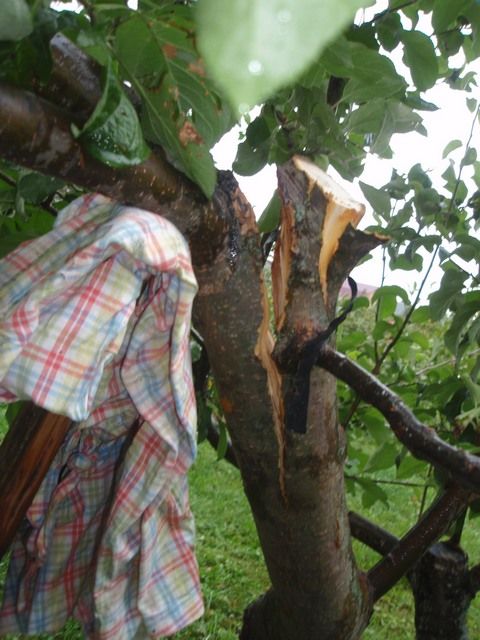
It is necessary to form an apple tree into one trunk or choose a cup-shaped crown formation in order to avoid fractures
The apple tree should have one trunk and 4-5 skeletal branches growing at an angle of more than 45about to the trunk. If the angle of discharge is sharp, then in the spring, bend the young shoots with the help of struts or tie them to pegs. By autumn, the branches themselves will hold in the right position. Skeletal branches departing at an acute angle will break off from the trunk during fruiting.
Otherwise, caring for a still young apple tree is the simplest:
- Water in dry weather using 3 buckets of water per meter2 trunk circle. Ideally, the soil should always be moist and covered with mulch.
- Feed if the tree is growing slowly:
- in spring - nitrogen fertilizer (urea, ammonium nitrate, infusions of dung, nettle, mullein);
- in the fall - with phosphorus-potassium fertilizer or wood ash.
How to care for a fruiting apple tree
An adult tree needs a lot of moisture and nutrition. It experiences the greatest stress at the beginning of the growing season, during flowering and filling of fruits. It is to these periods that watering and feeding should be timed:
- Water (30 l / m2 trunk circle);
- in spring during the active growth of young leaves and shoots;
- during budding and flowering;
- during filling of ovaries, in dry weather 2-3 times with an interval of 2 weeks.
- Feed:
- before the buds appear - with nitrogen fertilizers;
- in the budding phase - with complex mixtures for fruit crops containing phosphorus, potassium and trace elements;
- after harvest - with phosphorus-potassium fertilizers or mixtures for the garden marked "Autumn".
If Gala has tied a lot of fruits, carry out the rationing of the crop so that there is no overload and shallowness. Leave 1-2 apples in the brush. In addition, the fruits should be evenly spaced along the length of the branch at 10 cm intervals.
Video: normalizing the apple tree
In the spring and autumn, carry out preventive spraying against scab - fungicides, from moth and other pests - insecticides and acaricides. Repeat the treatments, if required in the instructions for the drugs.
During rest periods, before bud break or after leaf fall, do sanitary and thinning pruning. Remove all branches growing vertically upward, inside the crown, downward. In addition, the tree should not have overlapping and shading shoots. Every autumn, clean the bole with a wooden spatula from dead bark, mosses, lichens and whitewash.
Gardeners reviews
Last year was the first fruiting of Gala Mast grafts. Before that, I bought it on the market, it was simply called Gala, but it’s not a fact that it was not some of the clones. Sweet hard crunchy pulp, I like these apples. Fruit size is not large.
Today we collected Gala, the tree is six years old, 8 buckets of average weight 150 gr. A very tasty apple, juicy sweet ATB, and they are already being sold on the market with might and main. We will eat it ourselves.
Gala is an apple tree with virtues that allowed her to conquer the whole world. However, in Russia, it can only grow in the southern regions. Planting and grooming are classic. Only in especially fruitful years, so that the fruits do not lose marketability, will it be necessary to carry out rationing.
